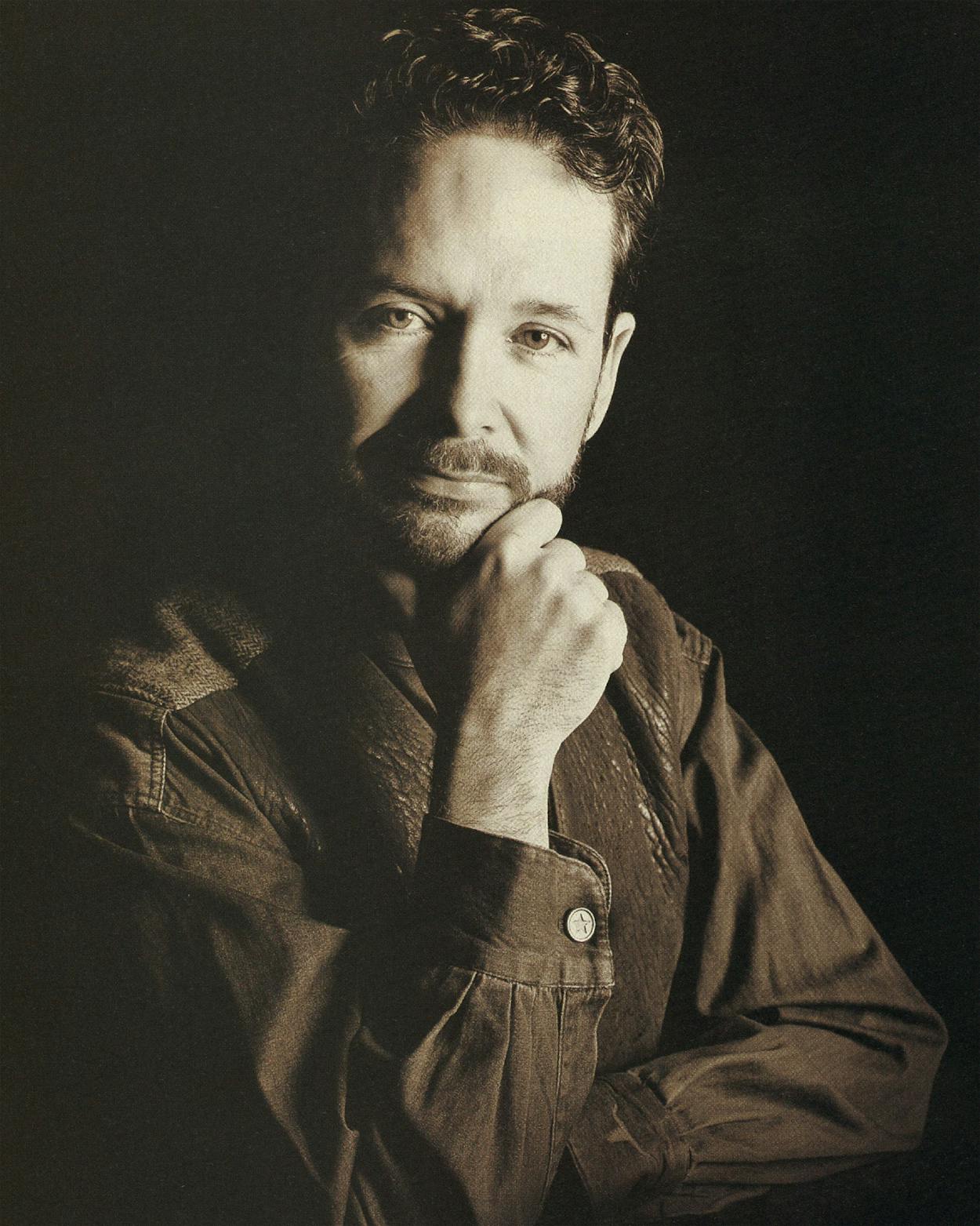This story is from Texas Monthly’s archives. We have left the text as it was originally published to maintain a clear historical record. Read more here about our archive digitization project.
I started out busing tables at my family’s restaurant, the Big Spring Truck-Stop Cafe. My first memories are of Tammy Wynette on the jukebox and those big-haired waitresses. We always had chicken-fried steak on the menu, green-chile enchiladas, tacos, barbecue, fried chicken. When I was seven or eight, I wanted to be a cook. What a cool job, I thought, to work in a floppy hat and a dirty apron with a cigarette hanging out of your mouth.
I dabbled in cooking through high school, but by then I wanted out. I majored in piano and voice at East Texas State University at Commerce and planned to teach music at the university level. After I graduated I took a trip to France, and it changed my life. I was smitten with the food—the street markets, the smell of baking bread. It was all I could think about. French food had class; it was artistic. I wanted to cook it.
When I came back to the United States, I got a job in Dallas at a little restaurant called the Bronx. Then I had a chance to be a kitchen assistant at a program called the Great Chefs of France, sponsored by the Mondavi Winery in California, working twelve-hour days with three-star chefs like the Troisgros brothers and Georges Blanc. After that I started a catering business, but in the back of my mind, I still craved the food I had grown up eating. So when I had the opportunity to open my own restaurant, I thought, “Why can’t I do French cuisine but with American ingredients?”
I was so naive I wasn’t scared, but I should have been. All the top places in Dallas were doing pure French cuisine, but when we opened Routh Street Cafe in November 1983, we hit the ground running. After nine years, my business partner and I went our separate ways. In 1994 I opened Star Canyon, which embodies my philosophy of drawing on the food of the cultures of Texas.
Back in the mid-eighties people used to wonder how long Southwestern cuisine would last. Well, it’s still here. Sometimes people ask if I want to branch out, but I think what I do has latitude. Southwestern is what I’m known for, and I’ll dance with the one that brung me.
Stephan Pyles’s
Wild Mushroom Enchiladas
5 ancho chiles
1 cup heavy cream
2 cloves garlic, minced
2 teaspoons fresh lime juice
1 tablespoon unsalted butter
1⁄2 yellow onion, diced
6 ounces wild mushrooms (morels, shiitakes, oysters, portobellos), sliced
1⁄2 avocado, peeled, pitted, and cut into quarter-inch cubes
3 ounces queso fresco or feta cheese, crumbled
1 tablespoon chopped cilantro
1 tomato, blanched, peeled, seeded, and diced
6 corn tortillas
Salt to taste
Preheat oven to 450 degrees. To prepare ancho paste, wash, dry, stem, and seed chiles. Place in a single layer on a baking sheet and roast for 1 minute. Put in a bowl and cover with warm water for 30 minutes to rehydrate. Strain (reserve liquid) and purée in a blender with enough of the liquid to form a thick paste.
In a skillet, bring 5 tablespoons ancho paste, cream, and garlic to a boil and simmer for 2 minutes. Transfer to a blender and purée. Add lime juice and salt to taste. Strain and set aside.
Heat butter in a large skillet and sauté onion and mushrooms for 2 minutes over medium heat, until onion is translucent and mushrooms are soft. Add avocado, cheese, cilantro, and tomato, and just heat through. Add 2 tablespoons of reserved ancho cream purée and stir gently. Add salt to taste and simmer 3 minutes.
Heat remaining reserved ancho cream purée in a skillet until simmering. Soak tortillas one at a time in purée for 15 seconds to soften and use tongs to place on a baking sheet. Spread mushroom mixture evenly down middle of tortillas. Roll up tortillas and, using a metal spatula, place on plates, seam side down. To reheat, cover baking sheet with foil and place in a 350 degree oven for 10 minutes. Serves 6. (From Stephan Pyles’s The New Texas Cuisine, Doubleday.)
- More About:
- Recipes
- Stephan Pyles
- Dallas







